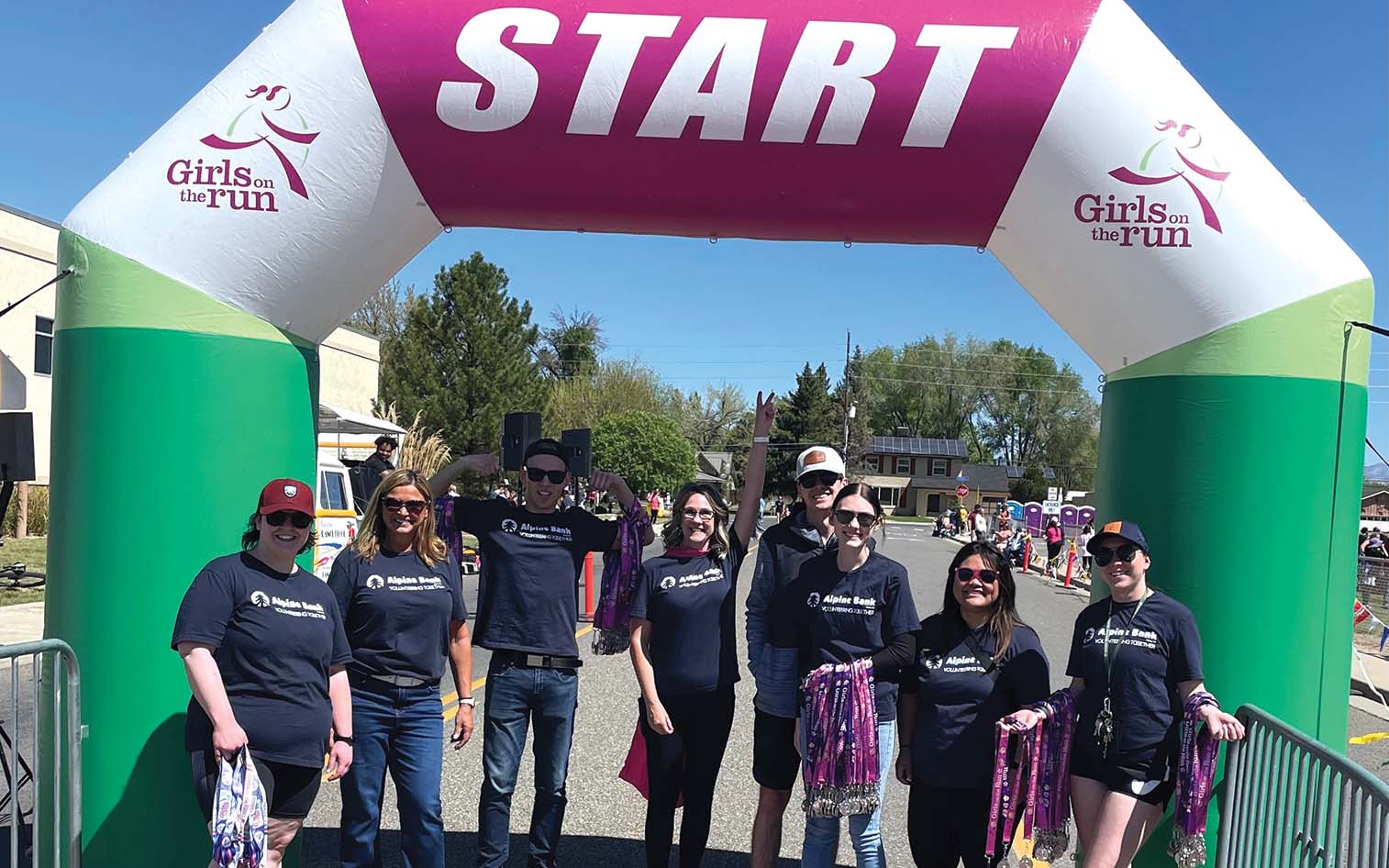Commercial
Craft Bank goes the extra mile for small businesses
A recognized commercial lender in the greater Atlanta area, Craft Bank caters to its business customers through technology, flexibility and personal service.
By Tiffany Lukk / Photos by Patrick Heagney
Georgia’s Cobb County, particularly the Marietta Square area just northwest of Atlanta proper, is undergoing a renaissance, says J. Ross Mynatt, president, CEO and cofounder of $260 million-asset Craft Bank in Atlanta. However, even with an international airport, a major university and tens of thousands of new residents on its doorstep, something vital was missing.
“There is not a bank that is headquartered in Cobb County, which is stunning, because the demographics for Cobb are off the charts,” Mynatt says.
Craft Bank saw this fact for what it was: an incredible opportunity. The community bank, whose customers are 90% commercial in accordance with its charter, was already deeply familiar with the market, and many of its employees lived in the area. But while opening a branch certainly would have worked, Craft Bank decided to take it one step further.
In June, Craft Bank opened a local segment, dubbed Access Cobb, specifically to serve small businesses in Cobb County. Not quite a branch but not quite a franchise, Mynatt describes the Access Cobb strategy as “branchizing.” It falls under the Craft Bank umbrella, with access to Craft’s solutions and tech, but it also has the agency to govern itself.
“They’re empowered and encouraged to go out and make decisions regarding pricing, regarding setting rates, regarding negotiations of terms and conditions,” Mynatt says of the Access Cobb team.
Access Cobb tailors its services—from loans and lines of credit to checking and savings accounts—to small business customers in the area.
Service enhanced by technology and flexibility
Since Craft Bank’s inception in 2020, creative solutions like Access Cobb have led the community bank to become one of the most successful commercial banks in the country, proving that it pays to offer a flexible, customized approach to business lending to Atlanta area businesses.
In the state of Georgia—the majority of Craft Bank’s lending footprint—small businesses make up 99.7% of all businesses, according to a 2025 report from the University of Georgia’s Small Business Development Center. Since 2020, the state has seen the creation of 2,182 more small businesses, adding to the already high need for small business financing.
The business landscape is quite different from when the bank was first starting, Mynatt notes, as there were only five banks headquartered within Atlanta’s perimeter back then, and some ZIP codes didn’t have any banking services at all.
“For a tech-forward, customer-centric, strategically placed community bank that’s nimble, agile and flexible, we think there’s an amazing opportunity [to serve businesses],” Mynatt says.

Strategic relationships
To assist with diversifying its loan portfolio and gain additional flexibility, Craft has partnered with fintechs and companies including Craft 1031 Solutions, Carputty and Sure Sports. For example, when the bank has excess funds, it can call any of them up, ask if they have any need and potentially fill it.
“This allows us to fill in some gaps in our portfolio or look for some higher-yielding opportunities that can fit a short-term need,” Mynatt says. “It’s almost like we can design how we grow our loan portfolio.”
Craft Bank doesn’t put itself in a credit box when selecting customers to lend to, Mynatt says, adding that its credit culture and discipline play a bigger role in its commercial lending decisions than anything else.
“We say we’ll look at anything, and as long as it’s consistent with our [credit] culture and our underwriting standards, then we can get there,” he says.
Stephanie Brown, vice president and lender at Craft Bank, adds that the community bank works with its customers and potential customers to develop loan structures that might not be available at other banks.
“That’s really where we shine—when we can look at the full picture and provide resources to that customer that they may not have elsewhere,” she says.
While Craft Bank feels confident about its lending future, Mynatt says that one of the bank’s primary concerns in the commercial lending market currently is tariffs. The team is in the process of reaching out to all of their borrowers to ask about their experience with tariffs but also, more importantly, how they’re doing generally.
Mynatt explains that Craft Bank staff puts in the extra work to help address business customers’ challenges. “Are there some things we can do to partner with [them], to help [them] meet those headwinds and overcome those challenges?” he asks. “And that could be possibly a modification of a loan or restructuring, an introduction or it could just be doing a little strategizing with them.
“The uncertainty of the current economic trends is a challenge,” he continues, “but we feel like we’re getting arms around that.”
Agriculture
Ag lending is fertile ground for Security State Bank
From flexible financing to intergenerational planning, Security State Bank’s tailored approach has cemented its role as a vital partner for farmers across Iowa.
By Beth Mattson-Teig / Photos by Tim Fuchs
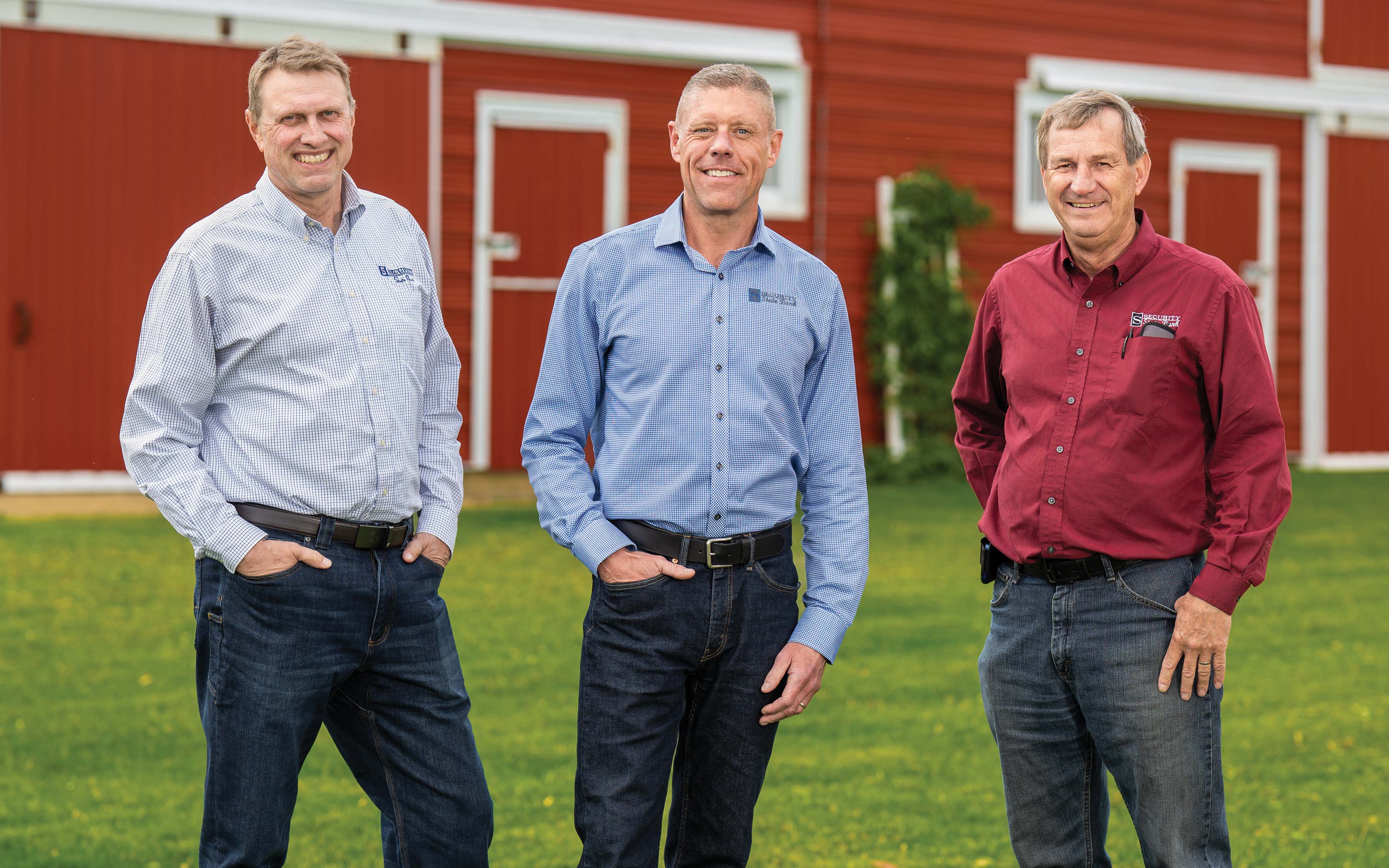
Security State Bank has been a steadfast partner to small and mid-size farmers across northwest and northeast Iowa since 1931. Based in Sutherland, Iowa, the $450 million-asset community bank has built its reputation by focusing on what it knows best: agriculture.
“We are consistently one of the highest ag-concentrated banks in the region,” says Darin Johnson, Security State Bank’s president and CEO. “This is our niche and area of expertise.” A significant 80% to 85% of its loan portfolio is directly or indirectly tied to farming operations and supporting businesses that serve farmers, from equipment to seed.
The bank’s focus on agriculture has resulted in impressive growth. Since 2022, its loan portfolio has surged by 58%, fueled by a combination of organic growth and strategic mergers and acquisitions. Its team of 15 lenders across five locations serves a diverse range of farming operations, from row crops like corn, grain and soybeans to cattle, hogs and small dairy farms.
“We strive to be the lender of choice for our customers and finance as much of their credit as possible,” Johnson says. “This allows us to take a holistic approach to their financial situation and adjust along the way.”
For example, when the ag credit cycle tightens, Security State Bank can work with a farmer to restructure debt, if necessary, to help manage cash flow. “This flexibility would not be possible if their land was financed at Farm Credit and their machinery at John Deere,” says Johnson.
The bank also offers a secondary market option for fixed-rate land financing, allowing it to compete directly with tax-exempt government-sponsored enterprises and offer competitive financing options.
What sets exceptional ag lenders apart is hands-on farming experience, and this expertise is the foundation of Security State Bank’s success. Nearly all of its lenders come from agricultural backgrounds, a point of pride for the bank.
One of those experienced lenders is Marty Weber, president of the bank’s Paullina, Iowa, market. With 27 years at Security State Bank, Weber has a lifetime of connection to agriculture. He grew up working on a family farm, earned his degree in agricultural business from Iowa State University and continues to farm about 550 acres of grain and soybeans.
“That experience really helps, because you get a better connection with the farmer, and you understand your customer’s state of mind,” Weber says. “They know you’re not just sitting behind the desk saying, ‘This is what you should do.’ They know you’re going through the same things they are.”
This understanding allows the bank’s lenders to act as trusted advisors, not just credit providers. They don’t stop at offering loans; they guide farmers on operational efficiency and encourage them to improve their business IQ by taking advantage of educational resources.
“Money is a commodity, and our farm communities have unlimited access to credit,” Johnson says. “So, that level of experience and expertise makes our loan officers more of a trusted advisor than just a source of credit.”
Farmers face challenges ranging from unpredictable weather to rising operational costs. Currently, elevated input costs and relatively soft commodity prices pose the greatest challenges. While cattle prices remain strong, current projected cash flows for many farmers are hovering at or below break-even levels.
“As lenders, we’re trying help fix their balance sheets by taking some of that debt off the top end and put it on intermediate or long-term debt, where they can service it better,” Weber says. “That frees up some of their cash flow concerns.”
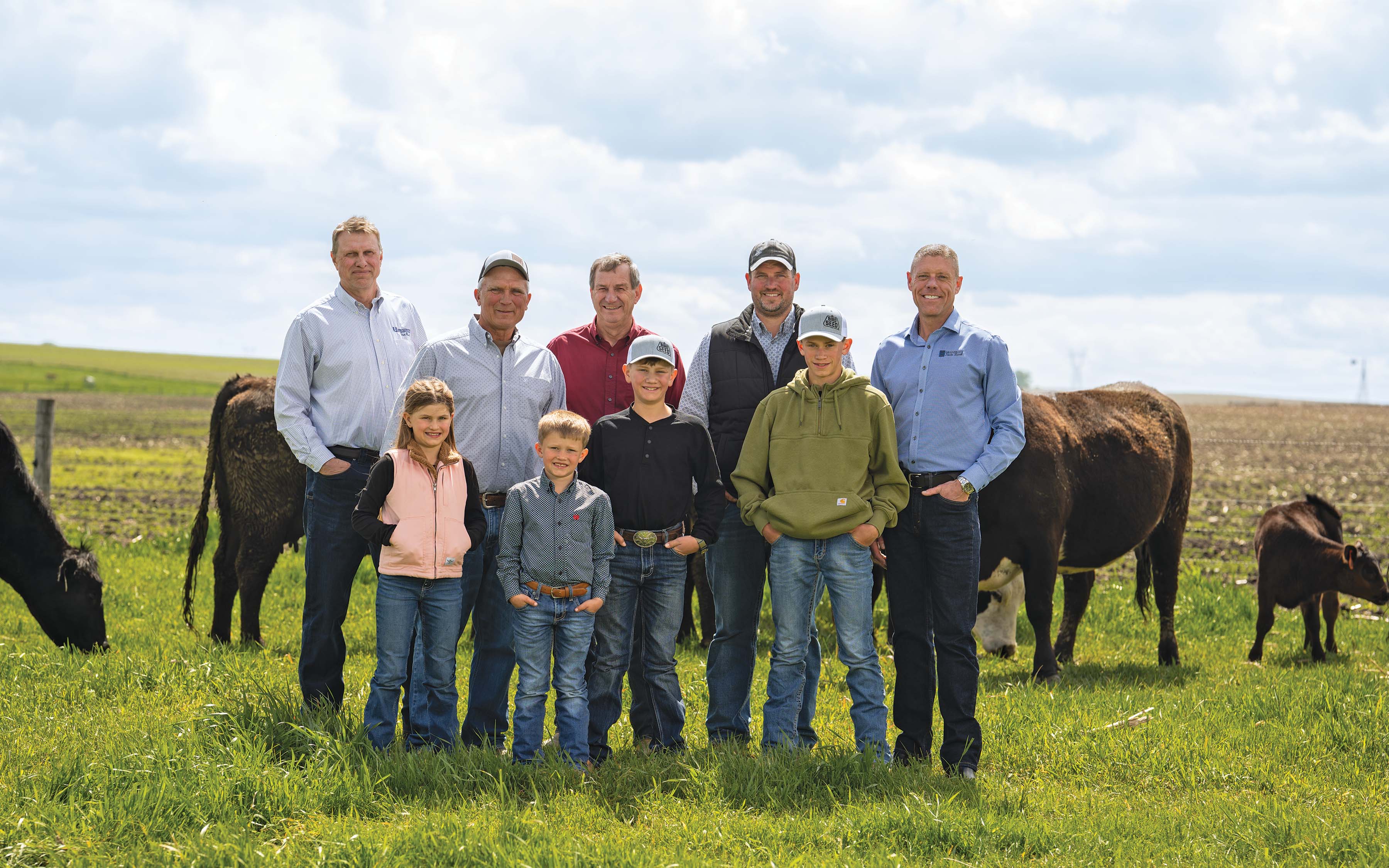
Succession is a focus
Another concern is the transitioning of farms to the next generation. With an aging farming population and substantial fixed assets, many producers are preparing for retirement. “It’s pretty tough for us to loan a 22-year-old that just graduated from Iowa State $5 million to purchase the land, machinery and livestock to start a career in agriculture,” says Johnson.
To address this, Security State Bank is encouraging clients to begin planning early. By integrating their children or even young, non-family members into management roles and fractional ownership, farmers can ensure a smoother transition. The bank also takes advantage of loan programs for young farmers that help the next generation get started while mitigating risk for the bank.
Johnson’s advice for community banks that are looking to sharpen their ag lending business is that they can’t be part-time ag bankers. Bankers need to thoroughly understand the industry, the ag credit cycle and farm cash flow.
“Continually invest in your ag loan officers by sending them to farm conferences, ag lending schools and ag outlook meetings,” he says. “That level of expertise is crucial when you’re sitting across the desk from a seasoned farm borrower.”
Consumer and mortgage
Benchmark’s investment in people pays off
This Virginia community bank has more than tripled its loan portfolio in the past decade, and it’s due in large part to a well-trained, experienced and empowered team of lenders.
By Ed Avis / Photos by Geoff Wood
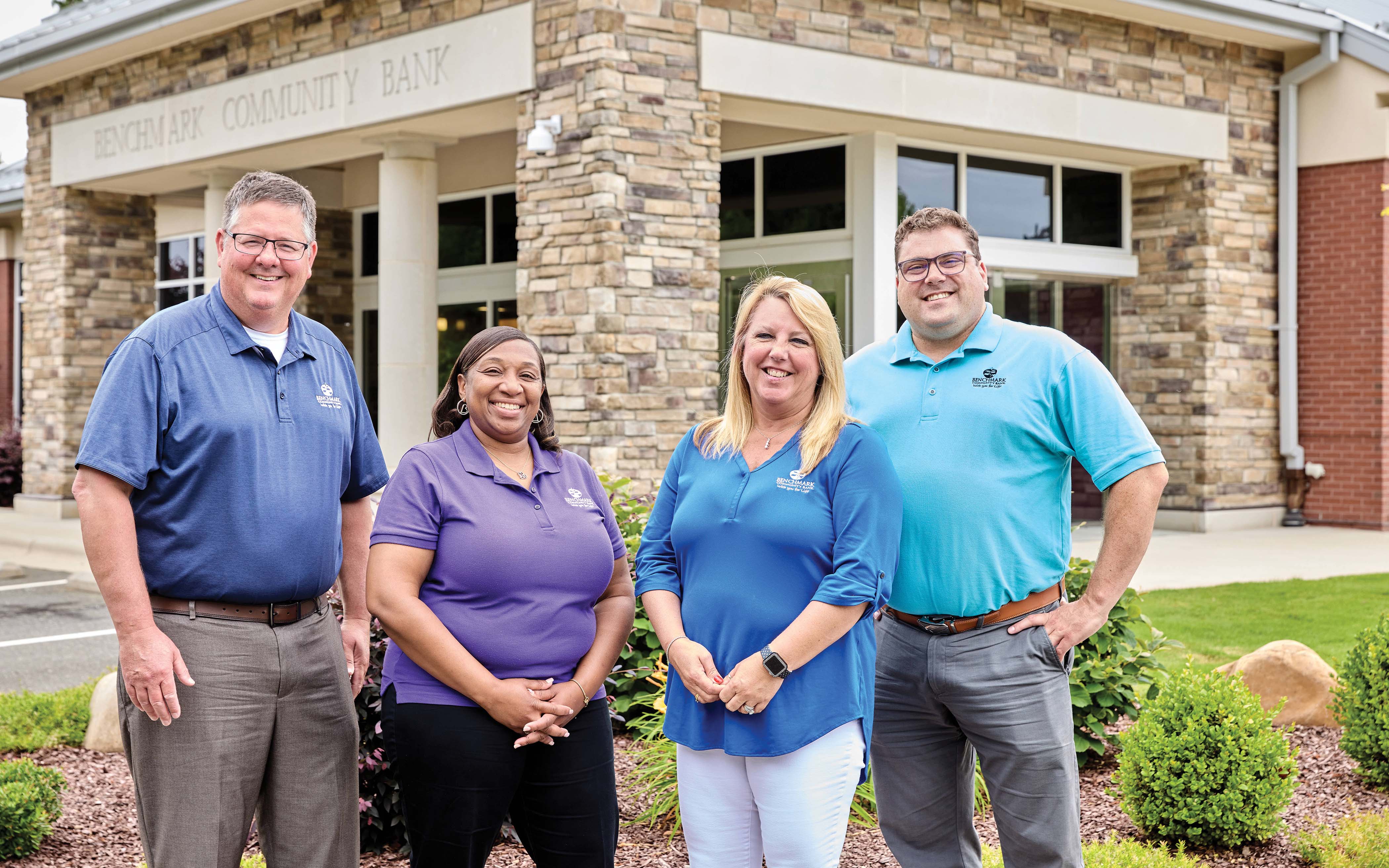
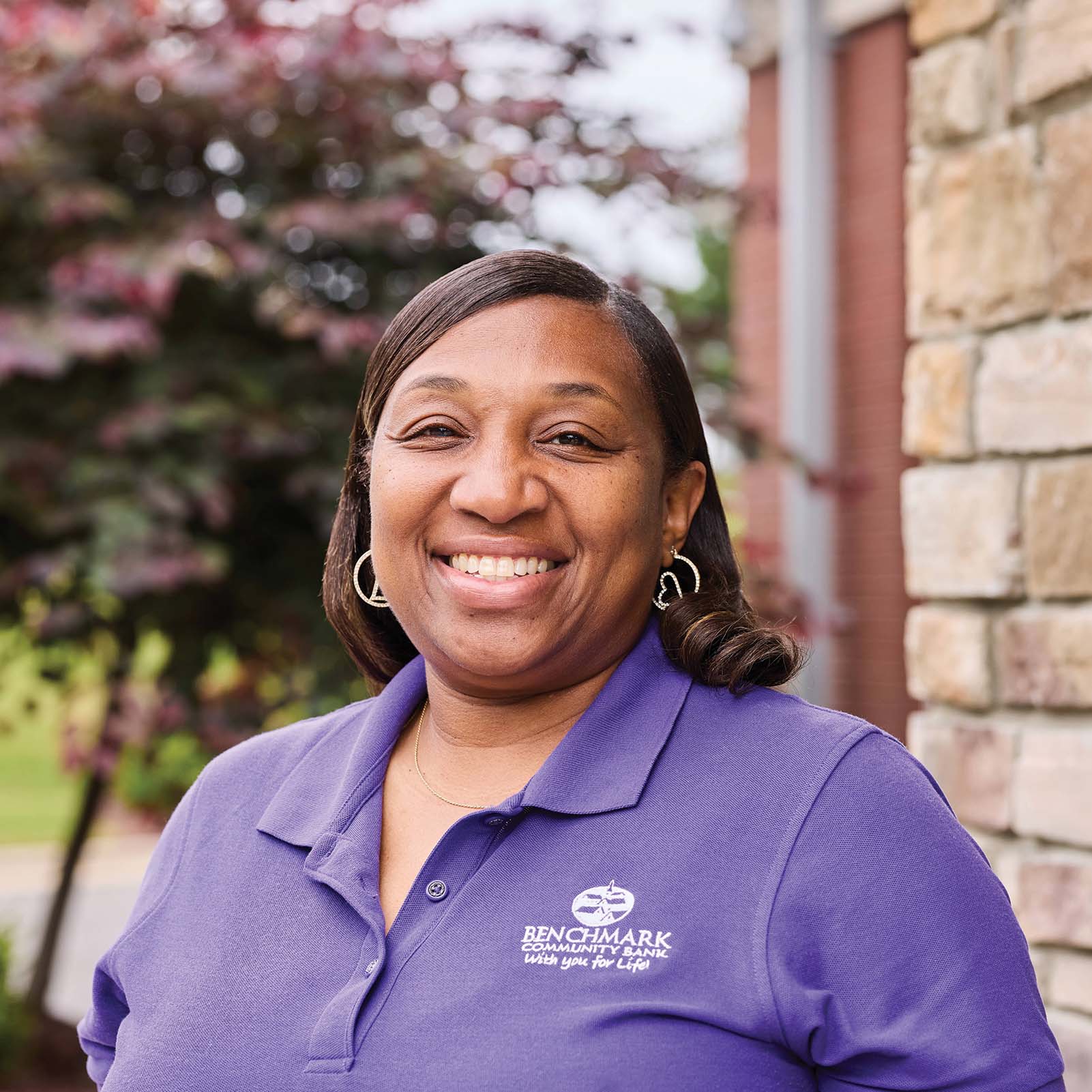
According to Nicole Young, a big part of Benchmark Community Bank’s success in lending is due to its employee development strategy. Young, who joined the Kenbridge, Virginia, community bank as a floating teller in 2006, has progressed through several positions since then, including customer relationship specialist, branch assistant, relationship banker and branch manager. In 2023, she was promoted from vice president and branch manager to her current role of vice president and area manager.
Young’s career progression at the $1.3 billion-asset community bank is a real-life example of Benchmark’s emphasis on preparing employees for future positions at the bank.
“We start them at entry-level positions so that they learn the Benchmark culture early,” she says, “and then we help them advance to other roles and other positions in the bank.”
With a strong bench of well-trained lenders, Benchmark Community Bank is flourishing. The bank moved into the North Carolina market in 2014, helping accelerate loan growth from $395.1 million at that point to $1.02 billion today, says John Webb, senior vice president and regional manager. Nearly 40% of its portfolio is mortgage loans.
“We’ve more than doubled in size in just 10 years, but our asset quality has remained strong,” Webb explains. “We hover right around 1% or less past due.”
Benchmark Community Bank’s 17 locations are in 16 markets in smaller towns, ranging from Farmville, Virginia, in the north to Zebulon, North Carolina, in the south. Consumer borrowers in those communities sometimes have needs and expectations that differ from those in large metropolitan areas.
“Borrowers and housing in rural markets are different than urban areas,” Webb says. “We are comfortable with large tracts of land as collateral, we’re comfortable with manufactured homes—all those things that a lot of larger banks shy away from. We’ve been able to meet those needs in our communities, and that has allowed us to stand out.”
A single point of contact
As with any community bank, the relationships Benchmark develops with borrowers are essential. Lenders stay with borrowers throughout the process, ensuring that their needs are met and that they have a single point of contact they can count on.
Part of the ability to develop those relationships stems from the fact that all Benchmark lenders have true lending authority, Webb says.
“One of the biggest things that sets us apart from the competition is that our lenders have the ability to make decisions on their own loans,” he says, “and that allows them to have extremely efficient communication with the borrower. Whether we can do the loan or not, the borrower is going to know that quickly.”
Important relationships extend beyond those with borrowers, adds Theresa Emo, vice president and branch manager of Benchmark’s office in Henderson, North Carolina. She says the bank also works to develop and maintain relationships with real estate agents, home builders and others who can refer customers.
Benchmark lenders develop those relationships by being accessible and by taking good care of their mutual customers.
“When we get calls from real estate agents, we make sure that we’re returning their calls; we’re making sure we are sharing the products and services that will help them with their clients,” Emo says. “We give them the opportunity to know what we have available for them.”
Sometimes, borrowers coming to Benchmark Community Bank need options beyond its in-house mortgages. To meet those needs, the bank offers loans from the Federal Housing Administration, Veterans Affairs and U.S. Department of Agriculture.
Matt Lawson, assistant vice president and mortgage officer, manages those products for the bank. “These options play a vital role for the loan officers, because it gives them an option when they’ve got borrowers who come in and need a lower down payment or down payment assistance, or they’re looking for a longer-term fixed rate that the bank doesn’t offer,” he explains. “This gives customers some extra buying power and different abilities that they might not have with just our bank’s own portfolio of products.”
With the current higher interest rates, a greater percentage of borrowers stick with the in-house options, Webb says, but having the alternatives in the tool kit make the bank well positioned for the next swing in the market.
If a new community bank wanted to know how to find success in consumer and mortgage lending, Webb would advise it to know its market, understand what the bank’s lending strengths are and build a great team.
“You’ve got to have the right people in place,” he says. “You can have the best products and services out there, but if you don’t have the right people in place who understand your process, who are great communicators
and are efficient in handling the consumer real estate process, then you’re going to struggle.”
Tiffany Lukk is a writer in Minnesota.
Beth Mattson-Teig is a writer in Minnesota.
Ed Avis is a writer in Illinois.





